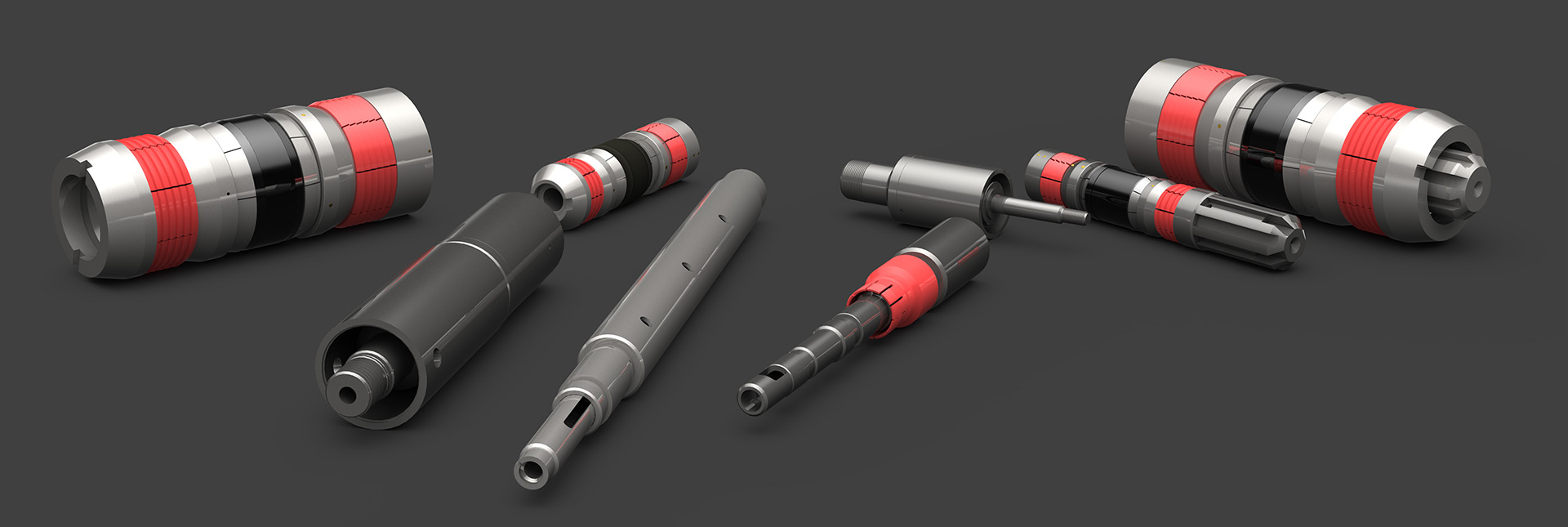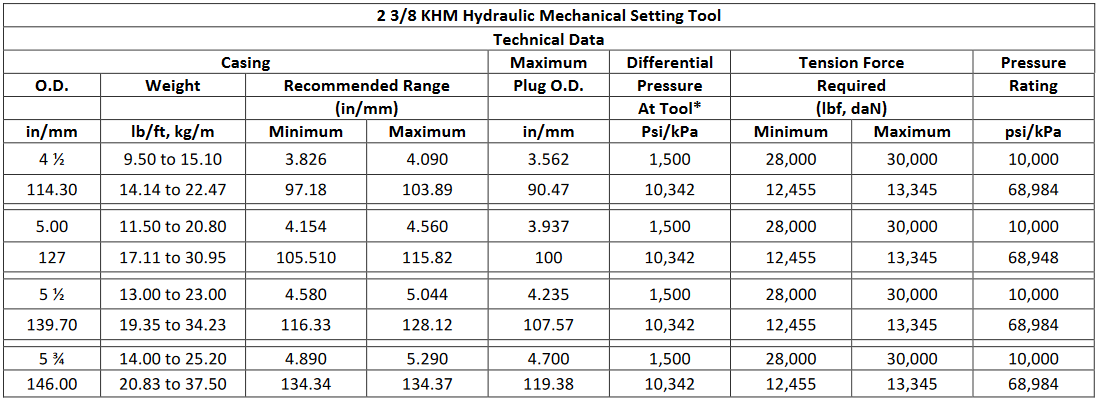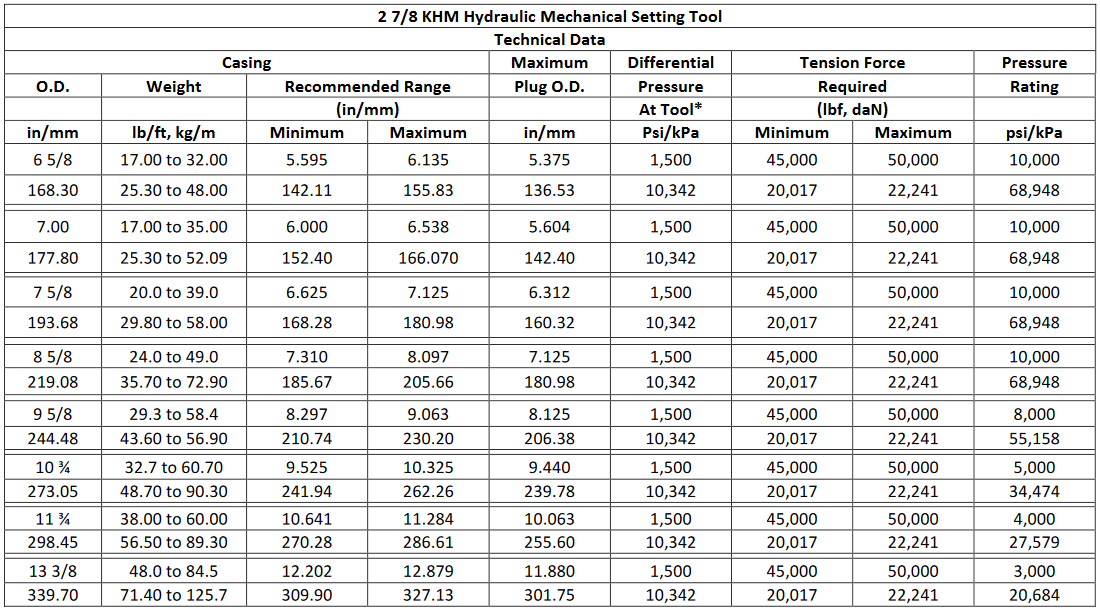Kappa Hydraulic Setting Tool
GO BACKThe Canadian Downhole C5/C10/C20 Hydraulic Setting Tools are designed to be run on drill pipe, tubing, or coil tubing. Pressure is transmitted to the setting tool in order to set bridge plugs, cement retainers, production packers, and service tools which would normally be set on wireline. Hydraulically setting equipment is especially applicable to setting plugs or packers in deviated wells or on locations where a wireline unit is not available or practical.
The C5/C10/C20 setting tools can have setting chambers added or removed depending upon pressure or force requirements.



